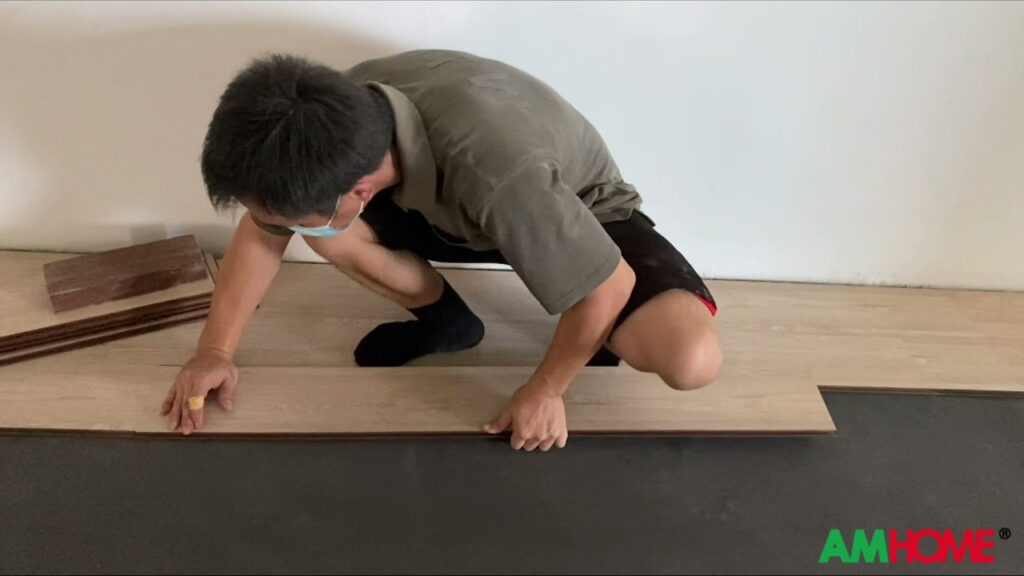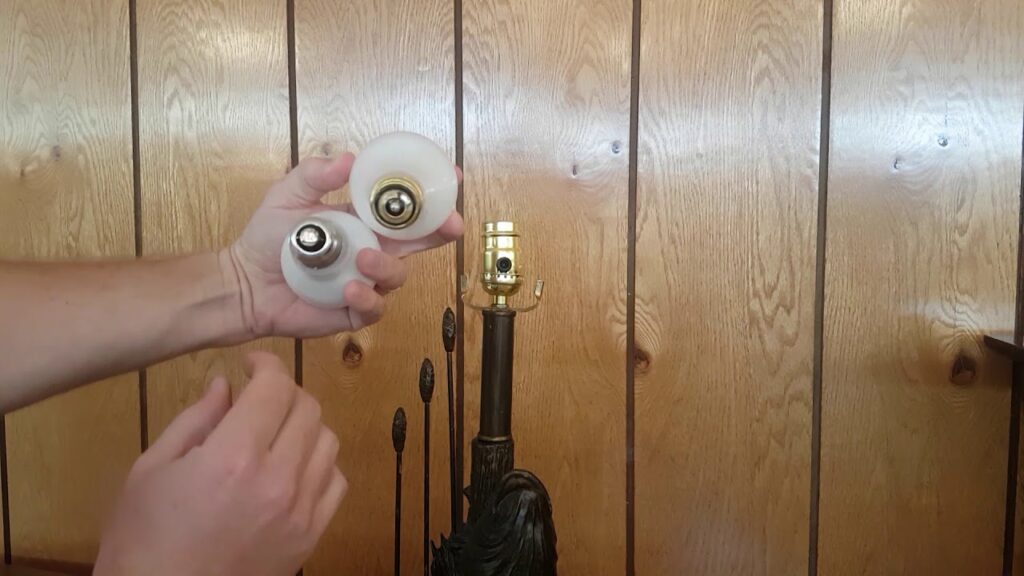Drywall Primer: What is It?
Drywall primer is a crucial component in the process of preparing new drywall for painting. It is a preliminary coat that is applied to the drywall before the final paint to seal the porous surface and provide a smooth, even finish. This initial layer helps to ensure that the paint adheres properly and creates a durable and uniform appearance.
One of the primary functions of drywall primer is to prevent the drywall from absorbing too much of the paint, which can result in uneven color and texture. It also helps to reduce the amount of paint needed for full coverage, making it a cost-effective step in the painting process. Additionally, drywall primer can enhance the overall aesthetic of the finished surface, creating a more professional and polished look.
Applying a high-quality drywall primer is essential for achieving a flawless paint job and maximizing the longevity of the painted surface. It acts as a foundation for the paint, promoting better adhesion and durability. By properly preparing the drywall with primer, the final paint application will result in a more vibrant and consistent appearance, ultimately enhancing the overall quality of the finished project.
Types of Drywall Primers
Drywall primers are essential for preparing the surface before painting. There are several types of drywall primers available, each with its own unique characteristics and benefits. Understanding the different types of drywall primers can help you choose the right one for your specific project.
1. PVA Drywall Primer: This type of primer is water-based and is an excellent choice for new drywall. PVA drywall primer seals the porous surface of the drywall and provides a good base for paint adhesion. It dries quickly and is easy to clean up with water, making it a popular choice for both professionals and DIY enthusiasts.
2. Shellac-Based Primer: Shellac-based primers are known for their exceptional adhesion and stain-blocking properties. They are an excellent choice for covering up water stains, smoke damage, and other types of discoloration on the drywall surface. Shellac-based primers also help to seal in odors, making them ideal for use in areas prone to musty smells.
3. High-Build Drywall Primer: If you are dealing with rough or uneven drywall surfaces, a high-build primer may be the best option. This type of primer is designed to fill in imperfections and create a smooth, uniform surface for painting. High-build primers typically have a thicker consistency and can help reduce the number of paint coats needed for a flawless finish.
4. Mold-Resistant Primer: In areas with high humidity or moisture, such as bathrooms and kitchens, mold-resistant drywall primer is essential. This type of primer contains additives that inhibit the growth of mold and mildew, helping to protect the integrity of the drywall and prevent unsightly and potentially harmful mold growth.
Choosing the right type of drywall primer is crucial for achieving professional-looking results. Consider the specific needs of your project, such as surface condition, environmental factors, and desired finish, to select the most suitable primer for your painting project.
How to Apply Drywall Primer
Applying drywall primer is an essential step in the process of finishing drywall surfaces. Before you start, ensure that the drywall has been properly installed, taped, and sanded for a smooth finish. Once the preparation is complete, begin by selecting a high-quality drywall primer that suits the specific needs of your project.
Next, prepare the room for priming by removing any furniture and covering the floors with a drop cloth for protection. Use painter’s tape to mask off any areas that you want to keep free from primer, such as trim or adjacent walls. Before opening the primer, thoroughly mix it according to the manufacturer’s instructions to ensure an even application.
Using a paint roller or brush, begin applying the drywall primer in smooth, even strokes. Work in manageable sections, starting from the top and moving down to cover the entire surface. Be sure to apply the primer evenly to avoid streaks or patchy areas. Allow the first coat to dry completely before applying a second coat if necessary, following the recommended drying time on the product label.
Once the primer has dried, inspect the surface for any imperfections or areas that may require additional touch-ups. Address any issues before moving on to the next stage of the finishing process. Properly applied drywall primer will provide a sound foundation for the final paint or texture, ensuring a professional and long-lasting finish.
Drywall Primer vs. Paint Primer
When it comes to preparing a surface for painting, choosing the right primer is essential for achieving a successful end result. In the case of drywall, using a drywall primer is indispensable to seal the porous surface and ensure proper paint adhesion. Drywall primer is specifically designed to create a smooth and uniform surface, allowing the paint to adhere evenly and minimizing the number of paint coats required for full coverage.
On the other hand, paint primer is designed to be more versatile and can be used on a variety of surfaces, including wood, metal, and previously painted walls. It helps to create a base that enhances the adhesion of the paint and provides a uniform surface for the paint to be applied. While both types of primers serve the purpose of improving paint adhesion and coverage, it is important to consider the specific needs of the surface being primed in order to choose the most suitable option.
In summary, while drywall primer is tailored to the specific needs of drywall surfaces, paint primer offers a more versatile solution for a range of different surfaces. Understanding the differences between these two types of primers is crucial for achieving a successful and long-lasting paint job. Always ensure to follow the manufacturer’s recommendations for proper application and drying times to achieve the best results.
**Key points to consider:**
– Drywall primer is designed specifically for sealing drywall surfaces and ensuring proper paint adhesion.
– Paint primer offers versatility and can be used on various surfaces, including wood, metal, and previously painted walls.
– It is important to choose the right primer based on the specific surface being primed to achieve the best results.
Tips for Choosing the Right Drywall Primer
When it comes to choosing the right drywall primer, there are a few key considerations to keep in mind. Firstly, it’s important to assess the type of drywall you are working with. For new drywall, a high-quality primer designed specifically for new surfaces is essential to ensure proper adhesion and a smooth finish. On the other hand, previously painted or textured surfaces may require a different type of primer to address any imperfections or stains.
Next, consider the specific properties of the primer, such as its coverage, adhesion, and stain-blocking capabilities. Look for a primer that offers excellent adhesion to ensure the paint adheres evenly and lasts longer. Additionally, if you’re dealing with stains or areas of discoloration, a primer with strong stain-blocking properties is essential for achieving a consistent and professional-looking finish.
Furthermore, take into account the specific requirements of the paint you intend to use over the primer. Some paint products may recommend a particular type of primer to achieve the best results, so it’s crucial to ensure compatibility between the primer and paint. Additionally, if you are working in a high-humidity area or on exterior surfaces, selecting a primer with mold and mildew resistance can help prevent future issues and maintain the integrity of the finish.
In conclusion, choosing the right drywall primer involves considering the type of drywall, the specific properties of the primer, and its compatibility with the paint to be used. Taking the time to select the appropriate primer for your project can significantly impact the overall quality and longevity of the finished result.


